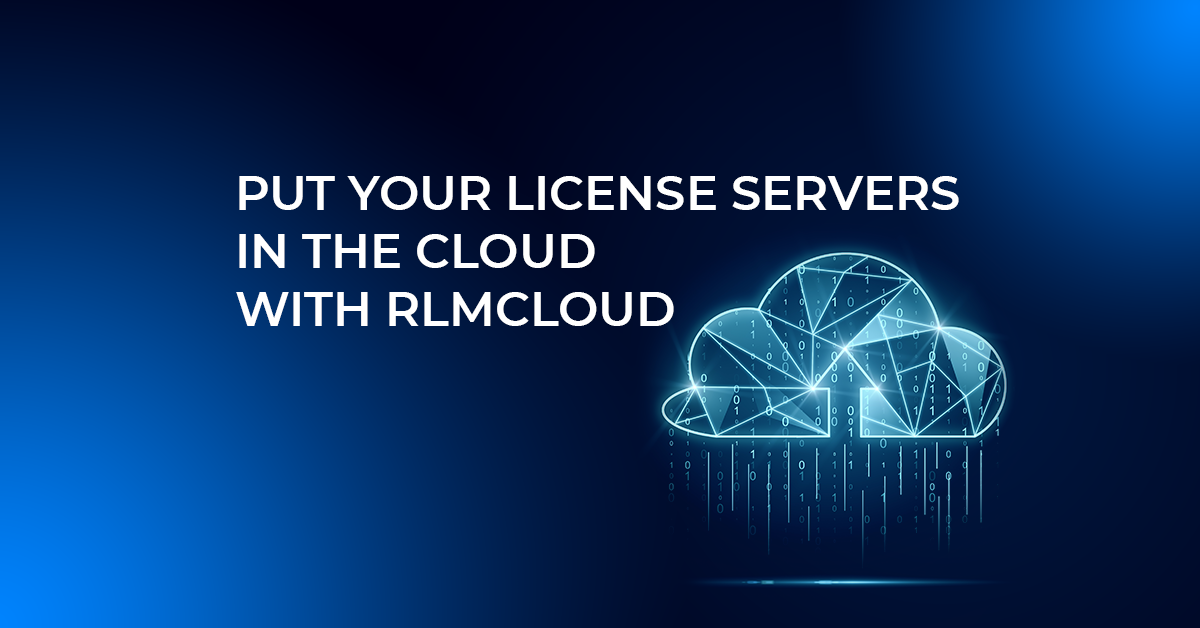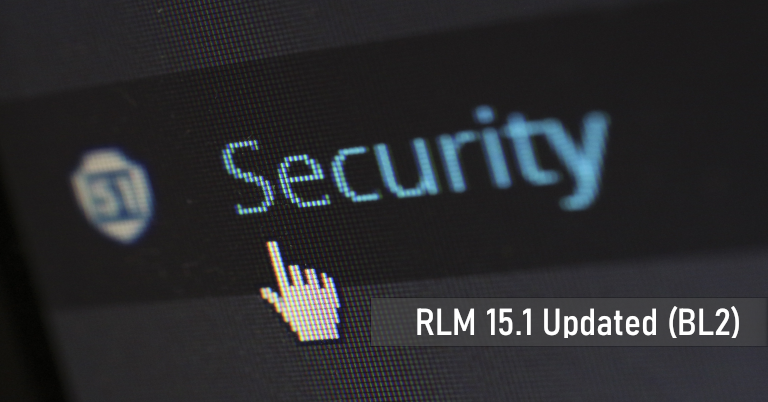RLM Cloud is an easy-to-use cloud solution for hosting your customer’s license servers, 100% hosted by Reprise.
RLM Cloud allows you to provision and manage customers’ license servers, and install and manage their licenses, all via your browser.
Your customers use your current off-the-shelf RLM-based products, but without having to install the RLM license server on their premises to support floating licenses. Their RLM license server is in the cloud instead.
What if your customer doesn’t want his server in the cloud? No problem, because you can use any combination of RLM Cloud-based servers and on-premise servers that you wish. For example, if you have large enterprise customers who insist on on-premises servers and smaller customers who value the convenience of a cloud-based license server, then this is entirely supported by RLM and RLM Cloud.
RLM Cloud helps to address some of the existing issues with on-premises licensing, such as:
- you no longer need to ask your customer for the hostid
- no more license server set-up/maintenance required by the end customer
- you eliminate the concern with hostid spoofing
- virtual machine cloning is no longer an issue
- license server rehosting is no longer an issue
- instantly disable licenses for non-payment, or lapsed subscription
- upgrade/downgrade licenses without special “replace” or “upgrade” licenses
- enable secure pay-per-use payment models
We’ve only scratched the surface here, so if you would like to discuss how RLM Cloud can delight your customers while making support easier, please contact us.











